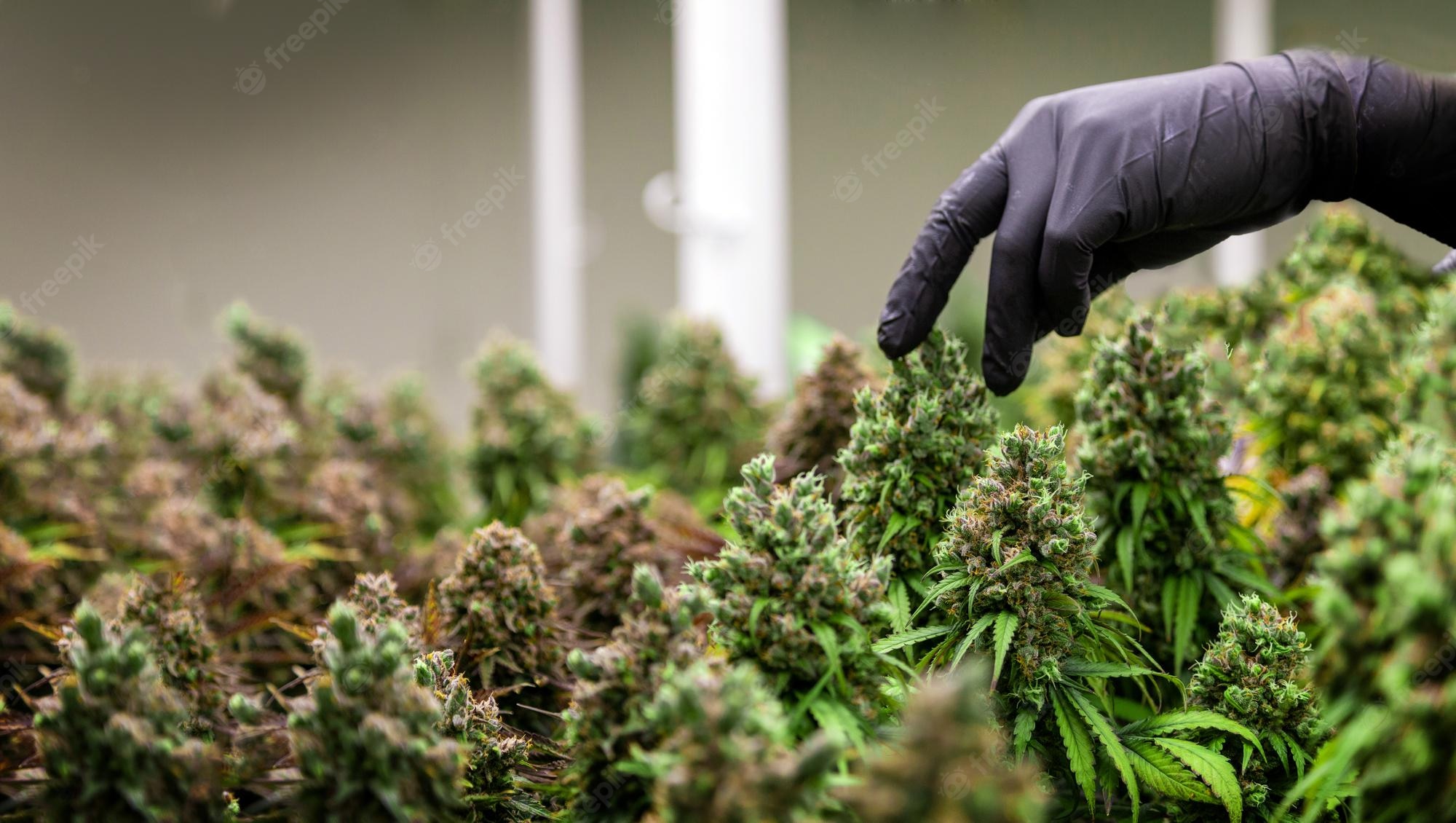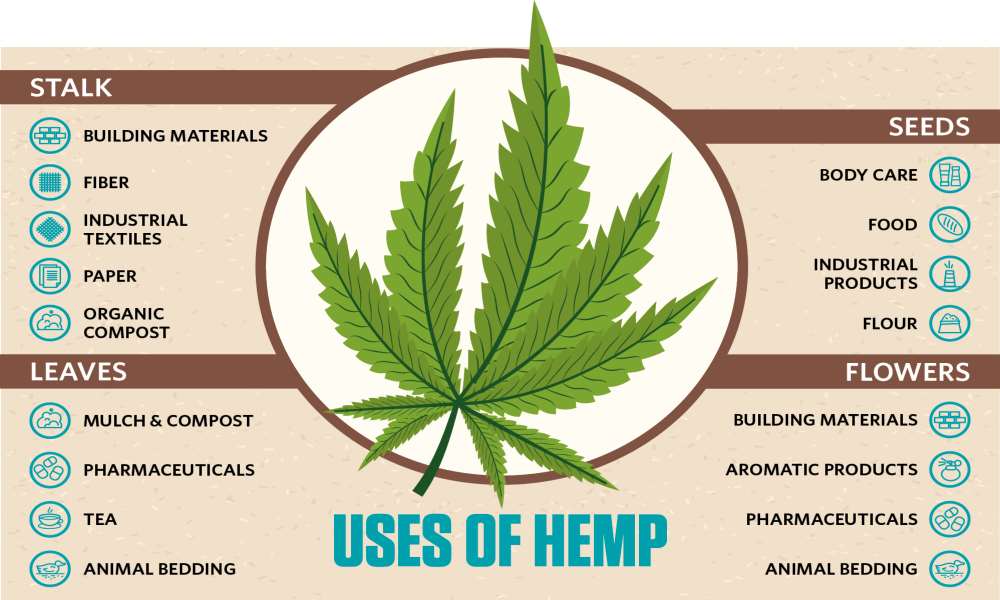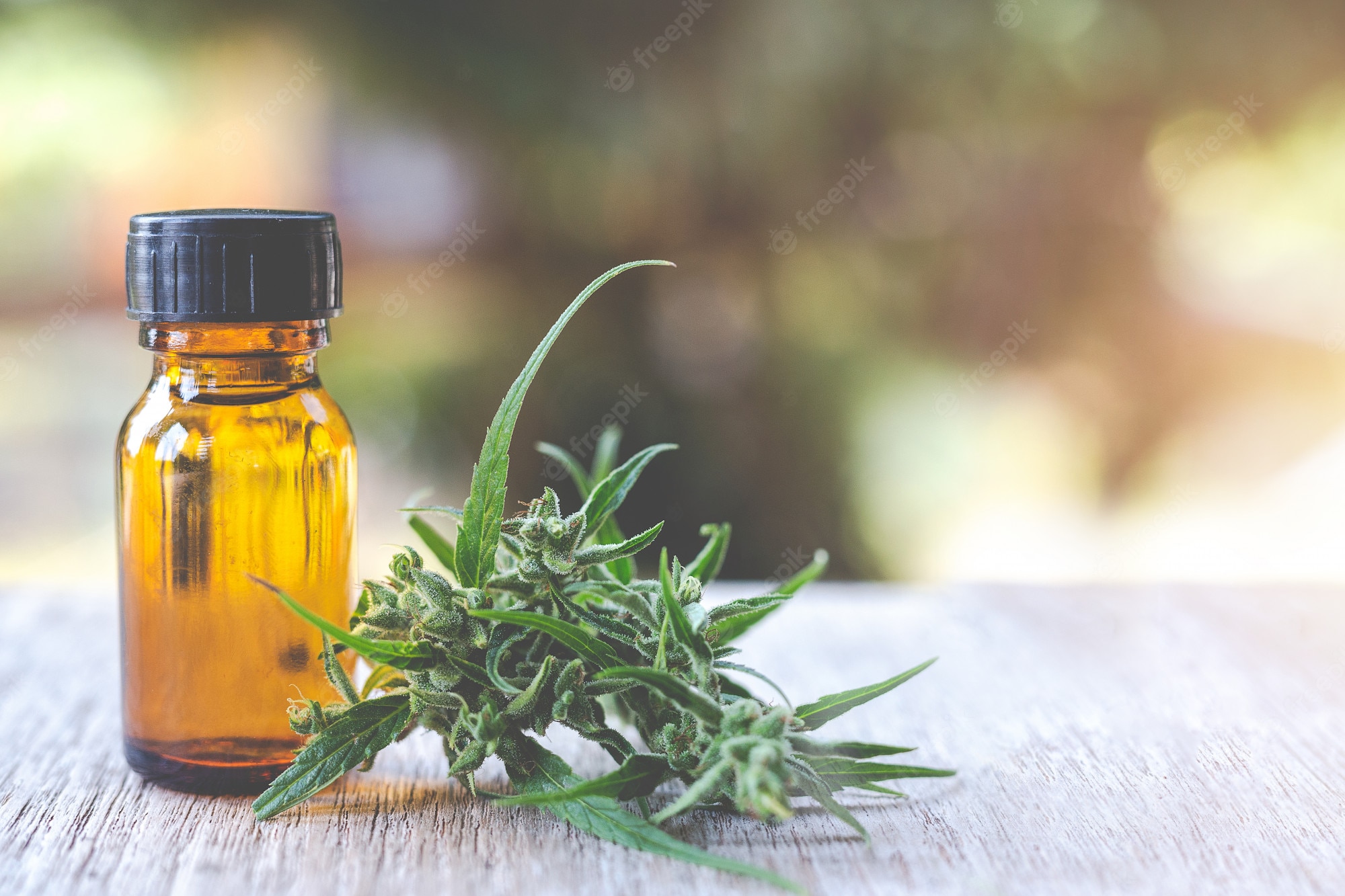Hemp vs. Cannabis
Different cultivars of the same species - the uses of its different traits vary from medicinal to industrial.
Henriette Lamprecht – Both are derived from the same species of plant called Cannabis sativa, but are grown for different purposes and exhibit many different characteristics. With the interest in the medicinal use of cannabis growing worldwide and hemp products found on numerous shelves in family stores - even in countries where the use of cannabis is banned - it is important to differentiate between the two. Early civilizations selectively cultivated plants with specific traits and, over time, produced many distinct strains within the species. Strong and tall plants were grown to make food and textiles - a strain that is nowadays known as hemp.
Hemp is the name given to strains of the cannabis plant with extremely low levels of the psychoactive compound THC. THC stands for delta-9-tetrahydrocannabinol or Δ-9-tetrahydrocannabinol (Δ-9-THC), the cannabinoid molecule in cannabis that causes people who use marijuana to experience a 'high'. It is primarily grown for industrial and commercial use with the entire hemp plant, stalk, leaves, seeds, and buds - all utilized for a wide range of products. Hemp oil is made from hemp plants with a high fibre content and very low concentrations of pharmacologically active compounds (cannabinoids).
The cultivation of this versatile plant with uses in dozens of different industries can be attributed to its extremely high nutrient profile. To legally be called hemp, the strain of cannabis must contain less than 0,3% THC, any amount of cannabidiol (CBD), and other cannabinoids. Research has shown that the seeds from which hemp oil is produced contain no cannabinoids at all. Therefore, hemp oil has no use for medical purposes and does not cause psychoactive effects.
Hemp has been successfully utilized in the food, cordage, cosmetics, paper, plastic, composite materials, building materials, clothing, and textile industries.
Cannabis, on the other hand, is generally grown just for its bud and oils. Flowering plants with psychoactive properties were grown for recreational and medical purposes. This strain is commonly known as medical cannabis, marijuana, or simply cannabis. Medical cannabis oil comes from cannabis plants with large flowers containing cannabinoids, but very little fibre.
In addition to being sourced from different strains of Cannabis sativa, different parts of the hemp plant are used to make hemp and medical cannabis oils. Hemp oil comes from the seeds - similar to almond, flaxseed, or sunflower oil - whereas medical cannabis oil is most commonly made from the flowering head of the cannabis plant. Medical cannabis oil can also be produced from cannabis leaves and stems, though the flowering head contains the highest cannabinoid concentration.
Hemp oil does have nutritional benefits and is made up of more than 80% polyunsaturated fatty acids. The ratio of omega-6 to omega-3 in hemp oil is considered optimal for health. The oil is made by pressing hemp seeds in a process similar to the one used for olive, coconut, and peanut oils.
Medical cannabis oil, on the other hand, contains high concentrations of pharmaceutically active cannabinoids. Cannabis plants contain approximately 400 chemical compounds, 60 of which are cannabinoids. THC and CBD are the most abundant cannabinoids; the exact proportions present in the oil will depend on the variety of plants it was extracted from.
Other parts of the hemp plant, such as leaves and stems, can contain small amounts of the non-psychoactive cannabinoid CBD (cannabidiol) - and may be used to create a pharmaceutically active oil referred to as hemp CBD oil or simply CBD oil. CBD oil is usually made from medical cannabis plants - with the concentration of CBD in hemp being much lower - so a large volume of plant material is needed to produce a small amount of oil.
Medical cannabis oil is generally made by solvent extraction from the flower. Cannabis plant material is mixed with a liquid solvent such as ethanol or supercritical CO2 to dissolve the active compounds. The solvent is evaporated - leaving a resin with a high concentration of cannabinoids, whereafter it is mixed with oil.
Current research suggests medicinal cannabis may alleviate symptoms across a variety of conditions - with the majority of clinical studies focusing on palliative care, chemotherapy-induced nausea and vomiting, chronic pain, multiple sclerosis, and epilepsy in paediatric and adult patients. – Sources: medicalnewstoday; healthline; livescience
*MEDICINAL USE
*VERSATILE
Hemp is the name given to strains of the cannabis plant with extremely low levels of the psychoactive compound THC. THC stands for delta-9-tetrahydrocannabinol or Δ-9-tetrahydrocannabinol (Δ-9-THC), the cannabinoid molecule in cannabis that causes people who use marijuana to experience a 'high'. It is primarily grown for industrial and commercial use with the entire hemp plant, stalk, leaves, seeds, and buds - all utilized for a wide range of products. Hemp oil is made from hemp plants with a high fibre content and very low concentrations of pharmacologically active compounds (cannabinoids).
The cultivation of this versatile plant with uses in dozens of different industries can be attributed to its extremely high nutrient profile. To legally be called hemp, the strain of cannabis must contain less than 0,3% THC, any amount of cannabidiol (CBD), and other cannabinoids. Research has shown that the seeds from which hemp oil is produced contain no cannabinoids at all. Therefore, hemp oil has no use for medical purposes and does not cause psychoactive effects.
Hemp has been successfully utilized in the food, cordage, cosmetics, paper, plastic, composite materials, building materials, clothing, and textile industries.
Cannabis, on the other hand, is generally grown just for its bud and oils. Flowering plants with psychoactive properties were grown for recreational and medical purposes. This strain is commonly known as medical cannabis, marijuana, or simply cannabis. Medical cannabis oil comes from cannabis plants with large flowers containing cannabinoids, but very little fibre.
In addition to being sourced from different strains of Cannabis sativa, different parts of the hemp plant are used to make hemp and medical cannabis oils. Hemp oil comes from the seeds - similar to almond, flaxseed, or sunflower oil - whereas medical cannabis oil is most commonly made from the flowering head of the cannabis plant. Medical cannabis oil can also be produced from cannabis leaves and stems, though the flowering head contains the highest cannabinoid concentration.
Hemp oil does have nutritional benefits and is made up of more than 80% polyunsaturated fatty acids. The ratio of omega-6 to omega-3 in hemp oil is considered optimal for health. The oil is made by pressing hemp seeds in a process similar to the one used for olive, coconut, and peanut oils.
Medical cannabis oil, on the other hand, contains high concentrations of pharmaceutically active cannabinoids. Cannabis plants contain approximately 400 chemical compounds, 60 of which are cannabinoids. THC and CBD are the most abundant cannabinoids; the exact proportions present in the oil will depend on the variety of plants it was extracted from.
Other parts of the hemp plant, such as leaves and stems, can contain small amounts of the non-psychoactive cannabinoid CBD (cannabidiol) - and may be used to create a pharmaceutically active oil referred to as hemp CBD oil or simply CBD oil. CBD oil is usually made from medical cannabis plants - with the concentration of CBD in hemp being much lower - so a large volume of plant material is needed to produce a small amount of oil.
Medical cannabis oil is generally made by solvent extraction from the flower. Cannabis plant material is mixed with a liquid solvent such as ethanol or supercritical CO2 to dissolve the active compounds. The solvent is evaporated - leaving a resin with a high concentration of cannabinoids, whereafter it is mixed with oil.
Current research suggests medicinal cannabis may alleviate symptoms across a variety of conditions - with the majority of clinical studies focusing on palliative care, chemotherapy-induced nausea and vomiting, chronic pain, multiple sclerosis, and epilepsy in paediatric and adult patients. – Sources: medicalnewstoday; healthline; livescience
*MEDICINAL USE
*VERSATILE








Comments
Namibian Sun
No comments have been left on this article